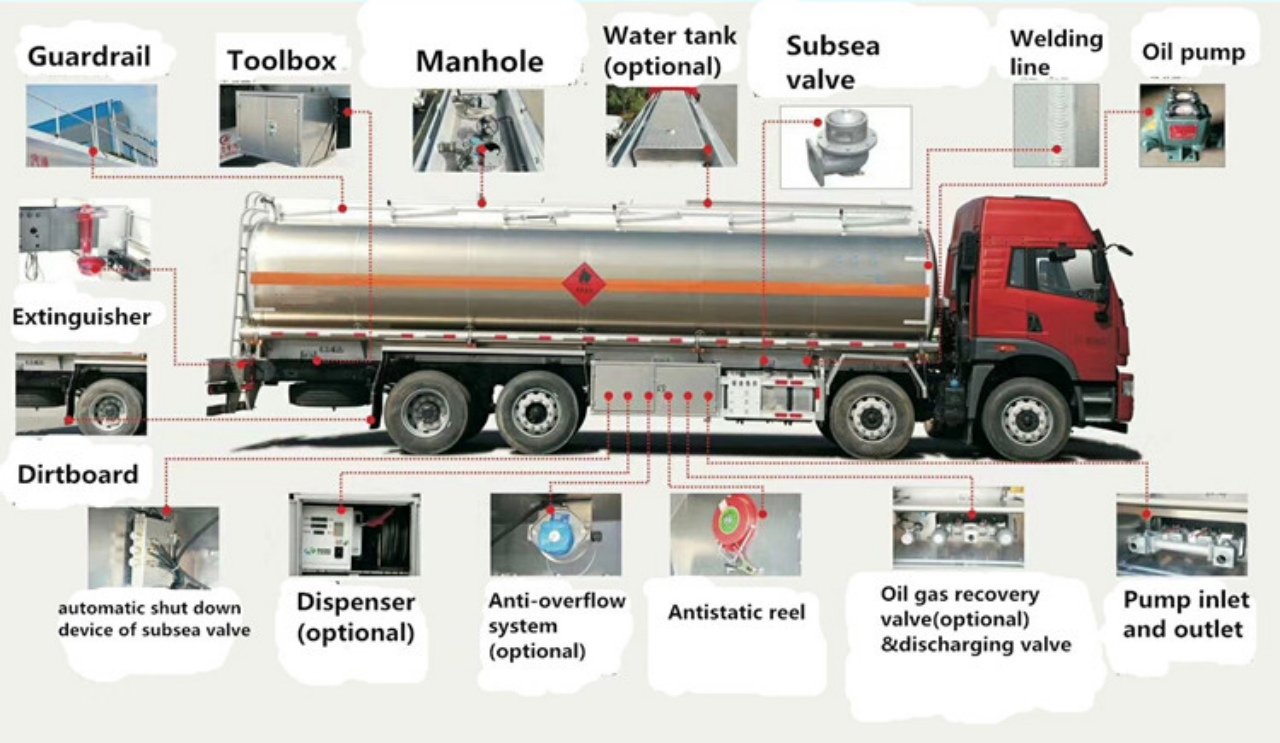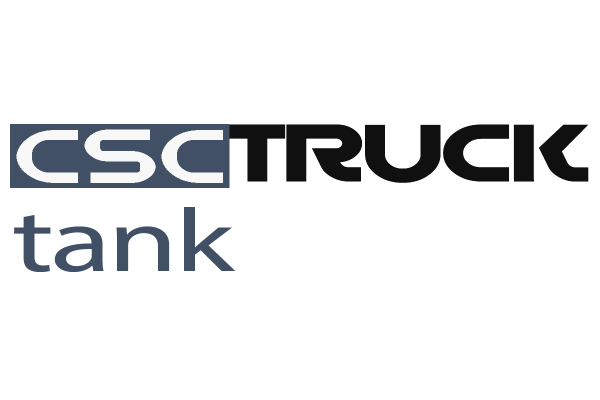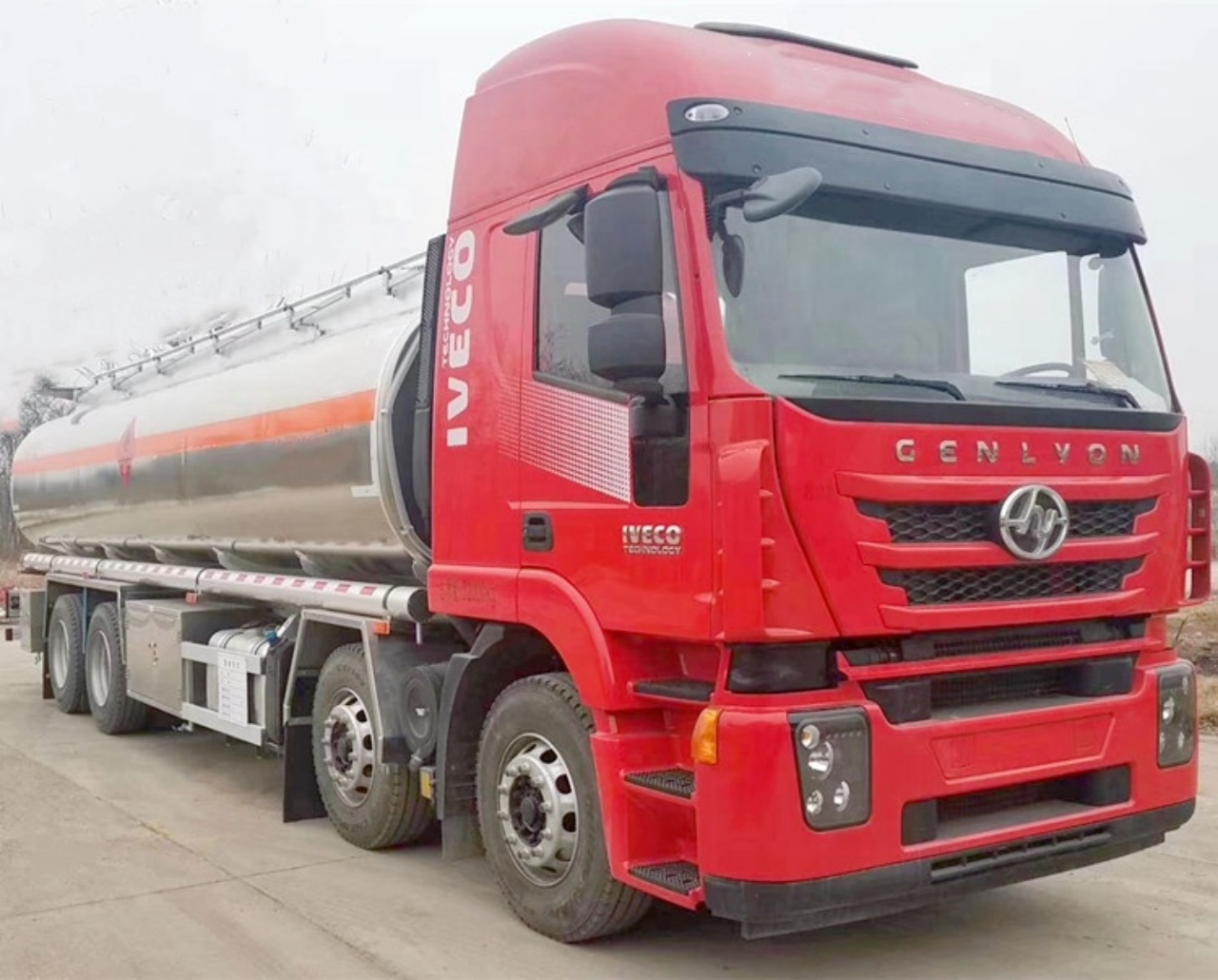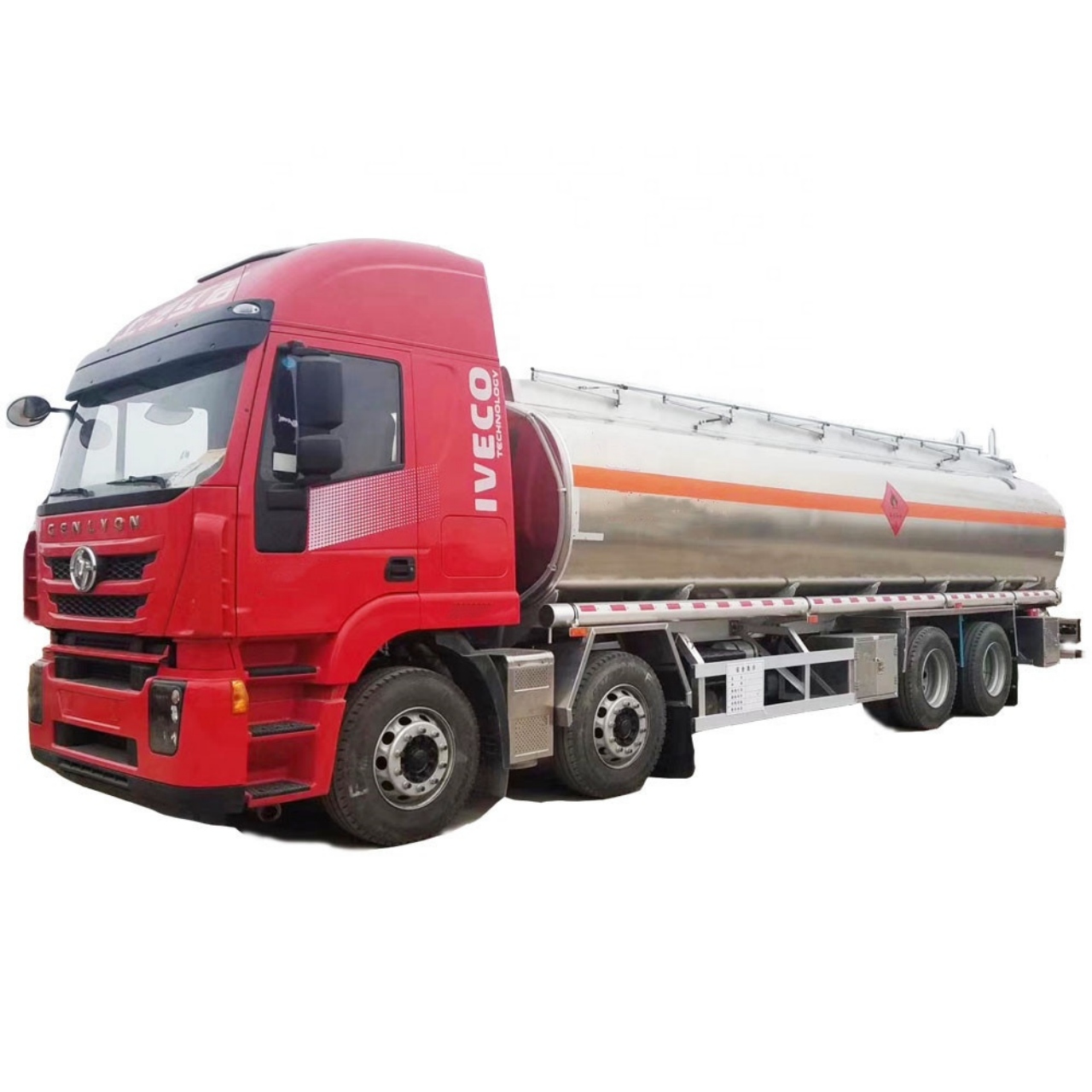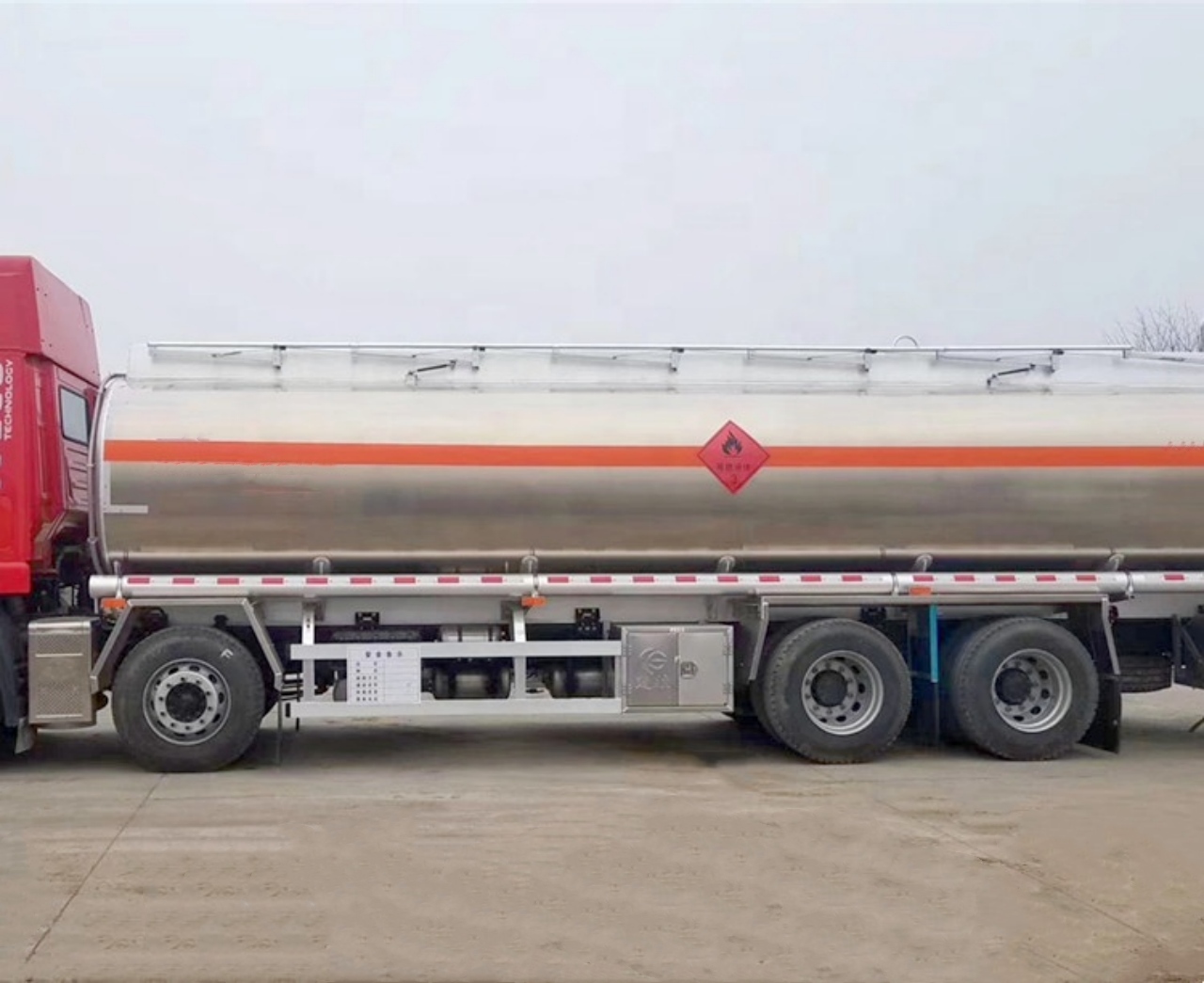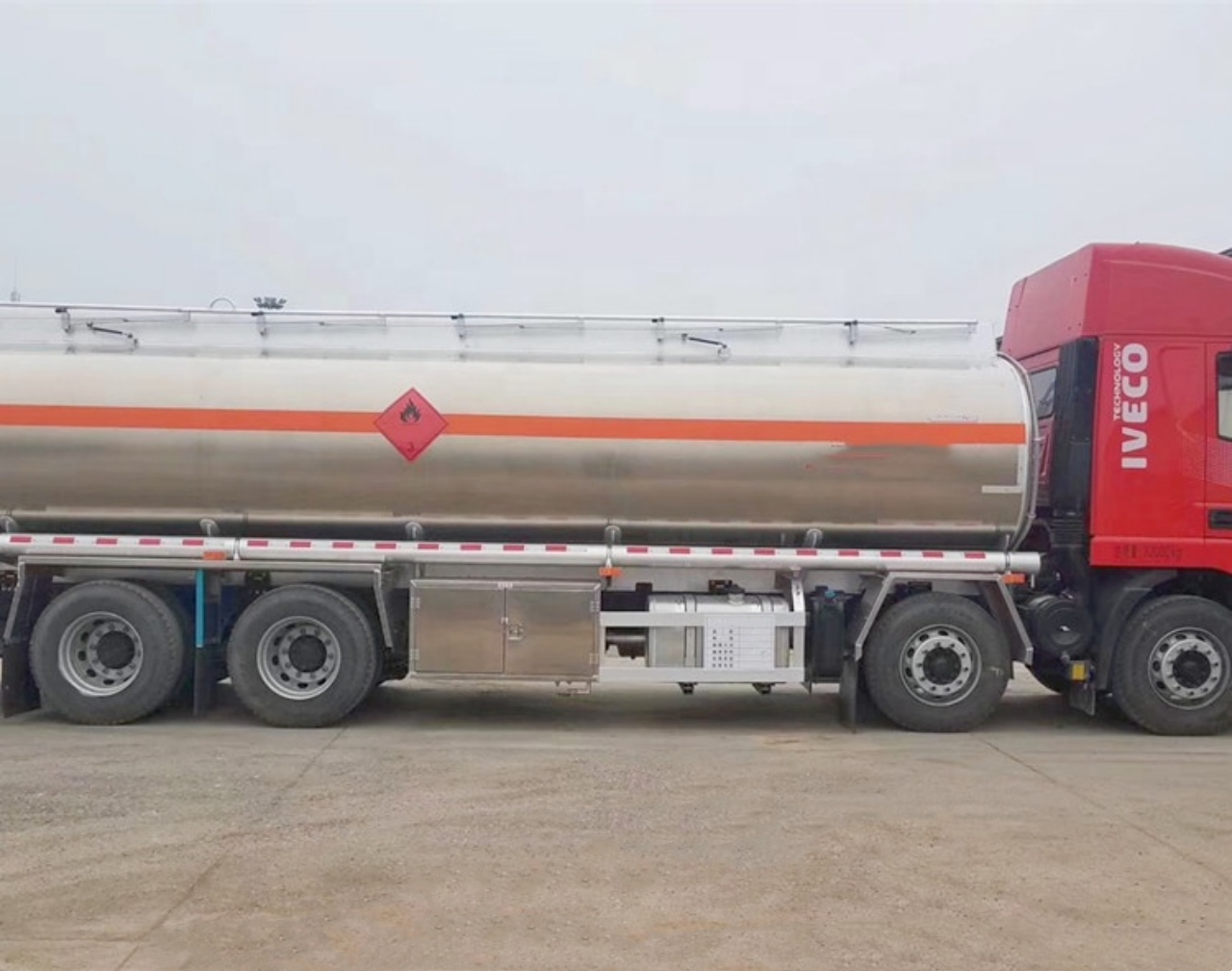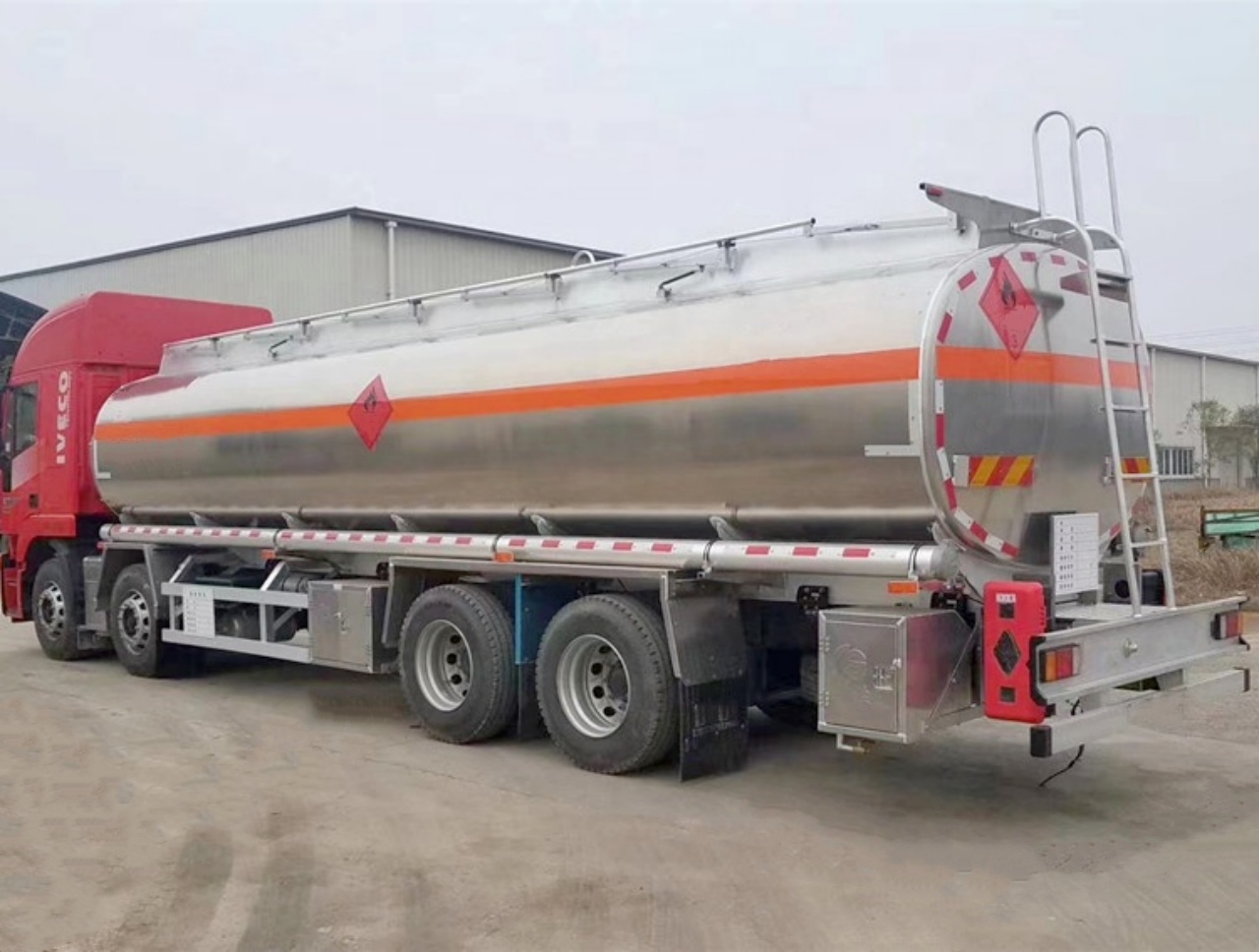Fuel tankers play a crucial role in the global energy supply chain by transporting liquid fuels such as gasoline, diesel, kerosene, and aviation fuel. These tankers come in various sizes, from large ocean-going vessels to compact trucks designed for local delivery. While large fuel tankers grab attention for their sheer capacity and size, small fuel tankers are equally important, especially for urban fuel distribution, remote area servicing, and niche industrial needs. This article explores the dimensions, capacities, applications, and design considerations that define a “small” fuel tanker.
Defining a Small Fuel Tanker
The term small fuel tanker can vary in meaning depending on context, whether it’s road-based transportation, industrial usage, or aviation fuel support. Generally, a small fuel tanker refers to a road vehicle, typically mounted on a light- to medium-duty truck chassis, with a fuel capacity ranging from 1,000 liters (approx. 264 gallons) to 10,000 liters (approx. 2,641 gallons).
In comparison, standard or large road tankers may carry between 20,000 to 40,000 liters, and marine or rail fuel tankers can carry even more. Thus, small tankers occupy the low end of the capacity spectrum, making them highly maneuverable, cost-effective, and suitable for limited-volume deliveries.
Typical Capacities of Small Fuel Tankers
Small fuel tankers are commonly categorized by their volume in liters or gallons. Here is a general breakdown of capacity tiers for small tankers:
- 1,000 to 2,000 liters (264–528 gallons): Often used for off-road or compact delivery vehicles. These are sometimes trailer-mounted or fitted on pickup trucks or light-duty chassis.
- 3,000 to 5,000 liters (792–1,321 gallons): Suitable for local service stations, small fleet refueling, or delivery in tight urban areas.
- 6,000 to 10,000 liters (1,585–2,641 gallons): These fall on the higher end of the small tanker category and are typically built on medium-duty truck chassis. They serve industries such as construction, mining, and agriculture.
Dimensions and Vehicle Types
The size of a small fuel tanker isn’t only about volume—it also depends on the vehicle platform it is built on. Here’s a rough estimate of dimensions based on tank size:
- 1,000–2,000 liters: Mounted on a small truck or trailer. Length: 3–5 meters (10–16 feet), Width: 1.5–2 meters (5–6.5 feet), Height: 1.5–2 meters.
- 3,000–5,000 liters: Typically built on light commercial trucks like Isuzu NPR or Mitsubishi Fuso. Length: 5–7 meters, Width: ~2.2 meters, Height: ~2.5 meters.
- 6,000–10,000 liters: Medium trucks such as Hino 500, Dongfeng, or HOWO light-duty models. Length: 6.5–8.5 meters, Width: ~2.4 meters, Height: 2.6–3 meters.
Smaller tankers prioritize accessibility and agility over sheer capacity. This makes them ideal for city fueling stations, refueling generators, or reaching places where larger tankers cannot navigate.
Tank Construction and Materials
Small fuel tankers are usually constructed from carbon steel, aluminum, or stainless steel. Each material has its pros and cons:
- Carbon steel is durable and economical, but prone to corrosion unless properly treated.
- Aluminum is lightweight and corrosion-resistant, making it ideal for mobile fuel trucks with tight weight restrictions.
- Stainless steel is more expensive but highly resistant to corrosion and chemical reactions, suitable for high-grade fuel and aviation use.
The tank is typically built with multiple compartments for carrying different fuel types or for load balancing. Safety features like baffles are installed inside the tank to minimize sloshing during transport.
Fueling Equipment and Safety Features
Even small tankers require extensive safety and operational features:
- PTO-powered or electric fuel pumps
- Flow meters and digital dispensing systems
- Hose reels with lengths between 10–30 meters
- Overfill protection and grounding equipment
- Emergency shutoff valves and fire extinguishers
- Spill containment kits
Dispensing systems on small tankers often mirror gas station equipment, enabling precise and safe fuel delivery to vehicles, generators, boats, or machinery.
Common Applications of Small Fuel Tankers
- Urban Fuel Delivery: Small tankers are ideal for delivering fuel to gas stations in cities where streets are narrow or congested.
- Construction Sites: These tankers refuel excavators, bulldozers, and generators in locations where no fixed fuel station exists.
- Farming and Agriculture: Farms often use small tankers to fuel tractors and other equipment across large areas.
- Aviation Ground Services: Small tankers are used to refuel small aircraft or helicopters at airstrips or remote heliports.
- Emergency Response: During natural disasters or power outages, small tankers supply critical fuel to backup power systems and emergency vehicles.
Licensing and Regulations
Operating a small fuel tanker involves strict regulatory compliance due to the hazardous nature of the cargo. Requirements often include:
- Hazmat (hazardous materials) certification for drivers
- ADR (Agreement Concerning the International Carriage of Dangerous Goods by Road) compliance in Europe
- DOT (Department of Transportation) and EPA regulations in the U.S.
- Routine vehicle and tank inspections
- Proper labeling and documentation
Failure to meet these standards can result in fines, liability in case of accidents, or environmental penalties.
Advantages of Small Fuel Tankers
- Maneuverability: Ideal for narrow roads, crowded city areas, or off-road applications.
- Lower Operating Costs: Less fuel consumption and maintenance than larger tankers.
- Flexibility: Suitable for varied customers, from farms to airports to urban stations.
- Rapid Turnaround: Can perform quick, short-range deliveries multiple times a day.
Challenges and Limitations
While small tankers offer versatility, they also come with trade-offs:
- Limited Capacity: Not efficient for long-haul or high-volume deliveries.
- Frequent Refilling: Requires more trips back to base or depot.
- Regulatory Burden: Safety compliance remains high regardless of size.
- Initial Investment: Still a specialized vehicle, requiring a higher upfront cost than general-purpose trucks.
Conclusion
In the vast ecosystem of fuel logistics, small fuel tankers serve as nimble and essential players. Their modest size belies their strategic importance, providing localized, flexible, and efficient fuel distribution in environments where larger vehicles cannot operate effectively. Ranging from 1,000 to 10,000 liters in capacity, they are engineered for safety, efficiency, and accessibility. Whether delivering diesel to a construction site, refueling an airport ground crew, or maintaining supplies in remote areas, small fuel tankers are the backbone of localized fuel logistics that keep the wheels of industries and cities turning.
